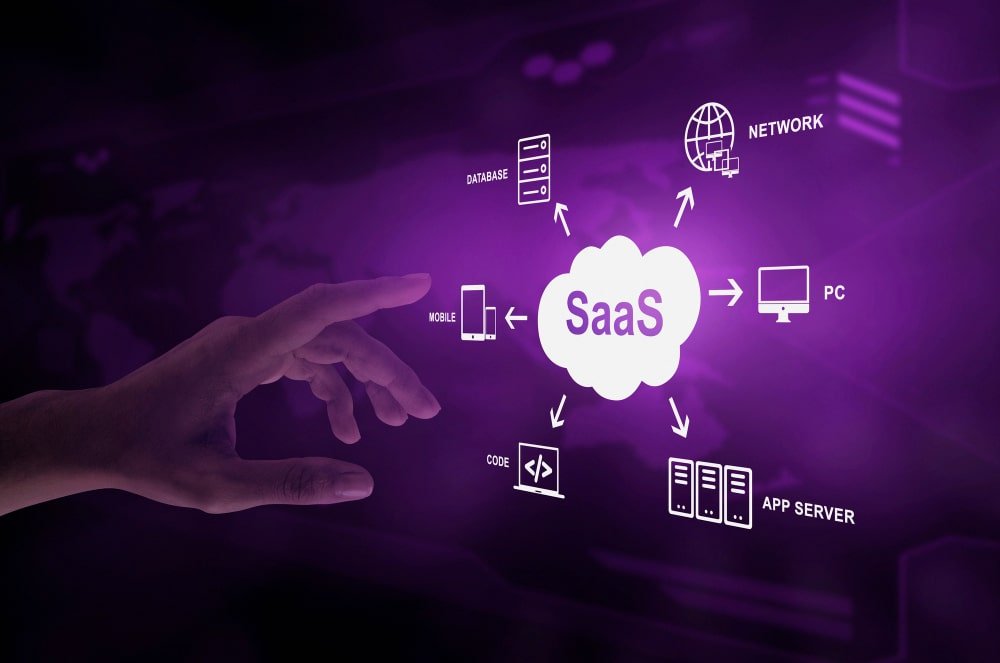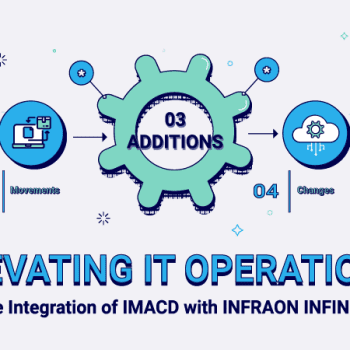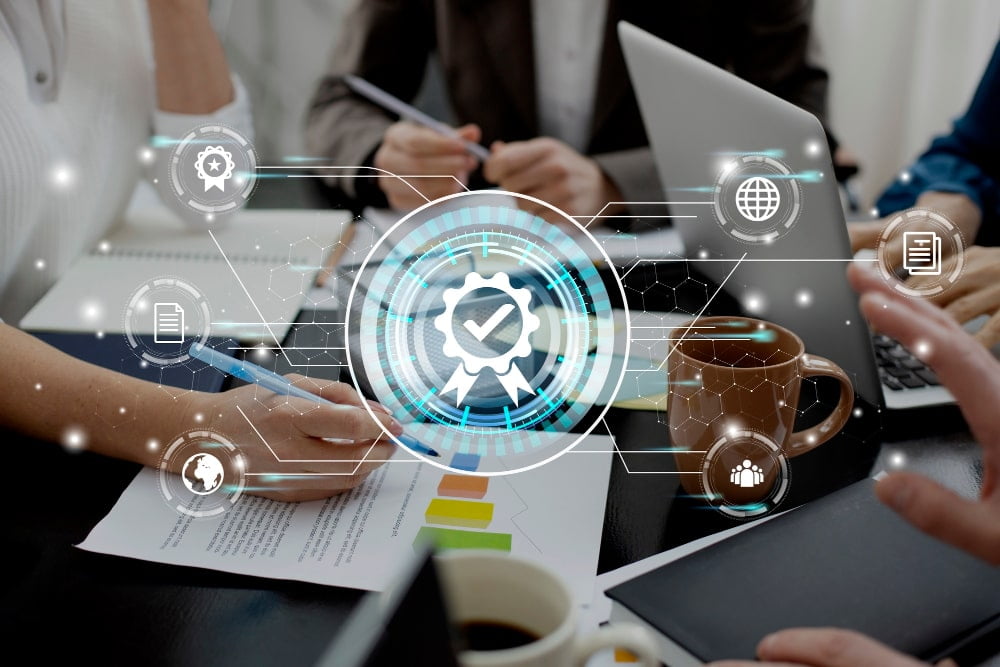With the increased demand for the digitalization and automation of business operations over the past few years, IT Service Management (ITSM) has undergone significant transformation. For IT service departments, the accelerated pace of digital transformation has brought new challenges, such as an increased dependency on IT solutions, legal and regulatory compliance, and growing IT complexity. Additionally, as internal IT expertise within the company has grown, IT teams have had to transition from supporting the company to working alongside it.
Do you know 86% of employees and executives cite the lack of effective collaboration and communication as the main causes for workplace failures?
Gone are the days where IT had full control over IT and clear boundaries separated from the rest of the organization. The widespread accessibility of technology and the rise of a tech-savvy workforce have transformed the landscape. IT now needs to actively collaborate and work alongside the business, rather than just working for it. This shift calls for the evolution of ITSM as a concept. It must effectively address enterprise-scale challenges by leveraging technologies like collaborative solutions within the business operations.
Related blog: Shaping the Future of ITSM with AI-Enabled Collaborative Workspace
What is Collaboration Workspace?

Collaboration workspace refers to digital platforms or environments that enables individuals or teams to collaborate and work together effectively, regardless of their physical locations. It provides a centralized space where team members can communicate, share information, collaborate on projects, and coordinate their work in real-time. In a collaboration workspace, users can engage in various activities such as instant messaging, file sharing, task management, and video conferencing.
It allows team members to collaborate on projects, share updates and feedback, assign tasks, track progress, and stay organized. It includes features such as document version control, notifications and alerts, activity feeds, and integrations with other productivity tools. The main objective of collaboration workspace is to streamline communication, foster collaboration, and promote efficient teamwork in both co-located and distributed work environments. By providing a digital space for collaboration, these tools empower individuals and teams to work together seamlessly, share knowledge, and accomplish their goals more effectively.
Collaboration Workspaces: Redefining ITSM for Success
The realm of IT service management (ITSM) is undergoing a profound transformation as collaboration takes center stage. With the advent of new collaboration workspaces, traditional barriers are being dismantled, making way for a more integrated and cooperative approach. In this exciting era, organizations are embracing the potential of collaborative ITSM workspaces to drive innovation, efficiency, and seamless cooperation across teams. Let’s delve into how this new paradigm is revolutionizing ITSM practices.
Breaking Down Silos: Embracing a Unified Approach
In the past, IT teams operated within isolated silos, detached from the rest of the organization. However, the new era of collaboration workspaces is demolishing these barriers by bringing IT professionals, business stakeholders, and subject matter experts together on a unified platform. This unification allows for real-time communication, knowledge sharing, and cross-functional collaboration, enabling a holistic approach to ITSM. By breaking down silos, organizations can tap into diverse perspectives, leverage collective intelligence, and foster a culture of collaboration that fuels continuous improvement.
Seamless Communication: Bridging the Gap
Effective communication is the cornerstone of successful ITSM. Collaboration workspaces provide a central hub where IT teams and business users can connect effortlessly, share information, and exchange ideas. From instant messaging and video conferencing to discussion forums and virtual whiteboards, these workspaces offer a plethora of communication tools that transcend geographical boundaries and time zones. By bridging the gap between team members and stakeholders, seamless communication enhances efficiency, accelerates issue resolution, and nurtures stronger relationships.
Empowering Self-Service: Engaging Business Users
The new era of collaboration workspaces empowers business users to actively participate in ITSM processes. With intuitive self-service portals and knowledge bases, employees can access relevant information, submit service requests, and track progress autonomously. By providing business users with the tools and resources they need to solve simple issues independently, IT teams can focus their expertise on more complex challenges. This self-service approach not only enhances user satisfaction but also reduces the burden on IT resources, leading to improved overall productivity.
Agile Problem-Solving: Harnessing Collective Intelligence
Collaboration workspaces unleash the power of collective intelligence within organizations. By bringing together diverse expertise and perspectives, these platforms facilitate agile problem-solving. IT teams can leverage the collective knowledge and experience of cross-functional teams to identify innovative solutions, streamline processes, and overcome obstacles swiftly. This collaborative approach promotes a culture of continuous learning, adaptability, and proactive problem-solving, ultimately driving organizational growth and success.
Data-Driven Insights: Leveraging Analytics
Collaboration workspaces in ITSM are not just about communication and knowledge sharing; they also offer robust analytics capabilities. By capturing and analyzing data from various sources, these platforms provide valuable insights into ITSM performance, user behavior, and service trends. Data-driven decision-making enables IT teams to identify areas for improvement, optimize workflows, and enhance the overall quality of IT services. Leveraging analytics within collaboration workspaces empowers organizations to make informed decisions and drive continuous service improvement.
The AIOps market is projected to reach $19.93 billion by 2028, highlighting the significant business value of AI in IT Service Management (ITSM).
Unlock the Full Potential of ITSM through Generative AI Based Collaborative Workspace
As organizations are constantly seeking ways to maximize the potential of their IT Service Management (ITSM) practices, it’s time to embrace the transformative power of AI-based collaboration workspaces. By leveraging the power of generative AI and fostering seamless collaboration, these innovative workspaces empower ITSM teams to streamline operations, enhance efficiency, and deliver exceptional service.
Let’s delve into the world of generative AI-based collaborative workspace and discover how it can unlock the full potential of ITSM, revolutionizing the way organizations manage and optimize their IT services.
What is Generative AI Based Collaborative Workspace?
Generative AI-based collaboration workspaces refer to digital platforms or environments that leverage artificial intelligence (AI) technologies to enhance collaboration and communication among team members. This workspace integrate AI capabilities, such as natural language processing, machine learning, and predictive analytics, to enable smarter and more efficient collaboration within teams. It also analyzes and interprets data generated within the workspace, providing valuable insights, automating repetitive tasks, and facilitating decision-making processes.
The AI capabilities within collaboration workspaces can assist with various tasks, including:
Multi-channel Team Collaboration

Generative AI-based collaboration workspaces are revolutionizing multi-channel team collaboration by harnessing the power of artificial intelligence. These innovative platforms provide a centralized hub where team members can seamlessly communicate, collaborate, and achieve collective goals. By leveraging generative AI algorithms, these workspaces enhance collaboration in various ways.
Firstly, generative AI enables real-time collaboration, breaking down geographical barriers and facilitating instant communication among team members. Whether they are working remotely or across different time zones, individuals can collaborate synchronously, exchanging ideas, and making decisions in real-time. The AI-powered workspace acts as a virtual meeting place, ensuring that everyone is connected and aligned towards common objectives.
User-specific Daily Updates
In the realm of IT Service Management (ITSM), generative AI-based collaboration workspaces have the potential to revolutionize how organizations provide user-specific daily updates. By harnessing the power of artificial intelligence and collaborative tools, these workspaces can deliver personalized and relevant information to users, keeping them informed and engaged.
Furthermore, the collaborative nature of these workspaces allows for seamless communication and feedback. Users can interact with the AI system, providing feedback on the relevance and accuracy of the updates received. This feedback loop enables the AI algorithms to continuously learn and improve, refining the delivery of user-specific daily updates over time. As a result, users benefit from a dynamic and evolving system that adapts to their needs and preferences, ensuring that they stay up-to-date with the information that is most important to them.
Assistance in Ticket Management
A generative AI-based collaboration workspace can greatly assist in ticket management within IT Service Management (ITSM) processes. By leveraging the power of artificial intelligence and collaboration tools, it revolutionizes the way tickets are handled, ensuring smoother and more efficient operations.
Firstly, the AI-based collaboration workspace can provide intelligent assistance in creating and updating tickets. Through natural language processing and machine learning algorithms, it can analyze incoming requests or issues reported by users and suggest relevant ticket categories, assignees, and priority levels. This not only saves time for IT staff but also ensures that tickets are accurately categorized and assigned for prompt resolution.
Rephrasing Email Responses for Email Etiquette
With generative AI, users can receive real-time recommendations on how to rephrase their email responses to enhance clarity, professionalism, and courtesy. The system can analyze factors such as the recipient’s communication style, the context of the email, and common email etiquette guidelines. By providing suggestions for wording adjustments, grammar improvements, and tone refinement, generative AI-based collaboration workspaces empower users to create more impactful and polished email responses.
This advanced technology not only assists individuals in crafting better email communications but also promotes consistency and adherence to organizational standards. It helps users avoid common pitfalls, such as using overly formal or informal language, unclear phrasing, or ambiguous statements. By providing real-time feedback and suggestions, generative AI ensures that email responses are well-crafted, respectful, and aligned with professional communication standards, ultimately improving the overall effectiveness of email interactions within the organization.
Request for Analytic Reports
Integrating generative AI into collaboration workspaces, users can easily initiate the request for analytic reports by specifying the desired parameters and criteria. The AI system analyzes the available data sources, including ticketing systems, service logs, and performance metrics, to extract relevant information and generate customized reports. These reports can encompass various aspects of ITSM, such as incident management, problem resolution, change management, and service level agreements.
Furthermore, it offer several advantages for requesting analytic reports. Firstly, they eliminate the need for manual data extraction and report generation, saving valuable time and effort for IT teams. Secondly, the AI system can provide real-time updates and automate the report generation process, ensuring that users have access to the latest insights and metrics. Additionally, generative AI enables users to customize reports according to their specific needs, allowing them to focus on the key performance indicators and metrics that are most relevant to their business objectives.
Discovery of Assets
The discovery of assets plays a crucial role in maintaining an accurate inventory and effectively managing IT resources. Generative AI-based collaboration workspaces have the potential to revolutionize the asset discovery process. By leveraging machine learning algorithms and advanced data analysis techniques, these workspaces can automate and streamline the asset discovery process, resulting in improved efficiency and accuracy.
Generative AI can scan and analyze various data sources, including network configurations, device logs, and software inventories, to identify and catalog IT assets. The AI algorithms can intelligently recognize and categorize different types of assets, such as hardware devices, software applications, virtual machines, and network components. This automated discovery process eliminates the need for manual inventory audits, which are time-consuming and prone to human error.
Diagnosis
Through the integration of machine learning algorithms, generative AI can learn from historical data, knowledge base articles, and real-time monitoring to identify potential root causes of IT problems. It can analyze system logs, performance metrics, and user feedback to detect patterns and anomalies that may indicate underlying issues. By leveraging this knowledge, generative AI can provide recommendations and potential solutions for IT teams to explore, speeding up the troubleshooting process and reducing downtime.
Furthermore, generative AI can assist in diagnosing complex and interrelated issues by considering multiple variables and dependencies. It can analyze the relationships between different components and systems, detect correlations, and highlight potential impact areas. This holistic approach to diagnosis helps IT teams gain a comprehensive understanding of the problem at hand and facilitates targeted problem-solving strategies.
Related article: How AI-powered ITSM Can Help Better Understand User Needs
Final Note
The new era of AI based collaboration workspaces heralds a paradigm shift in how organizations approach service management. By fostering collaboration, enabling seamless communication, empowering self-service, harnessing collective intelligence, and leveraging data-driven insights, these workspaces revolutionize ITSM practices. Embracing this new era unlocks the potential for enhanced productivity, improved user experiences, and greater business agility.



















